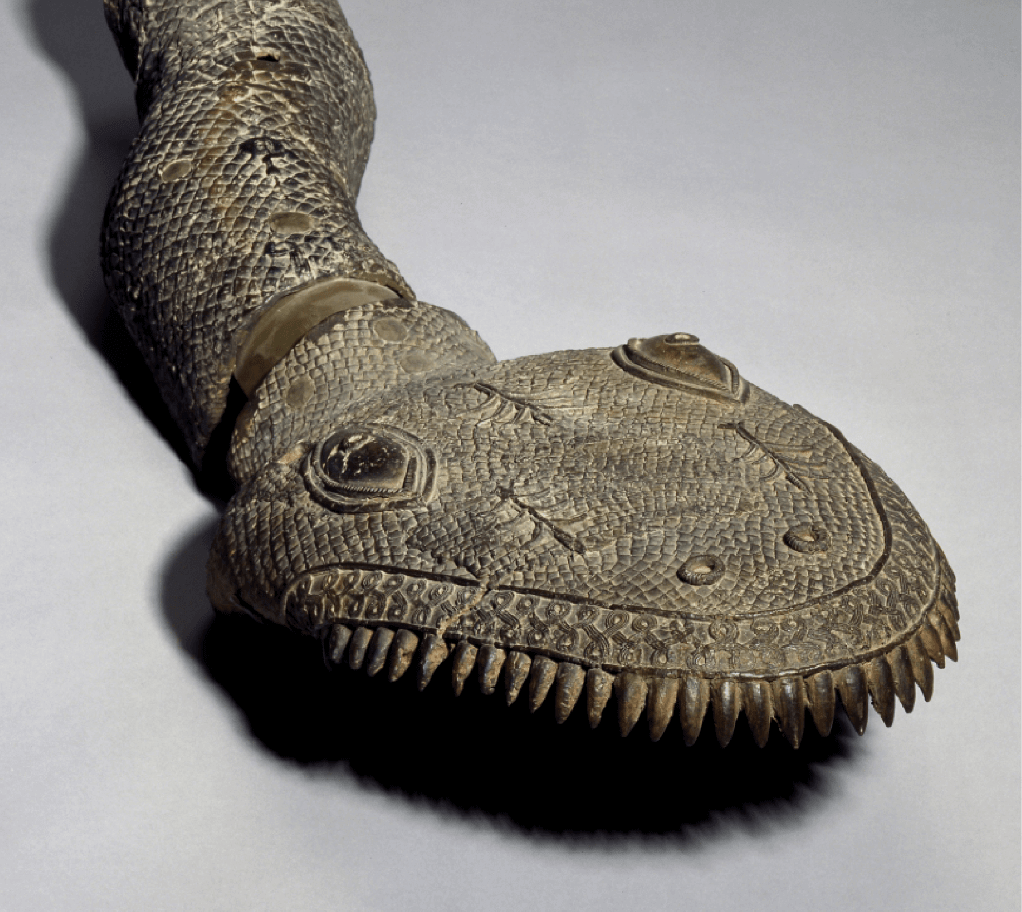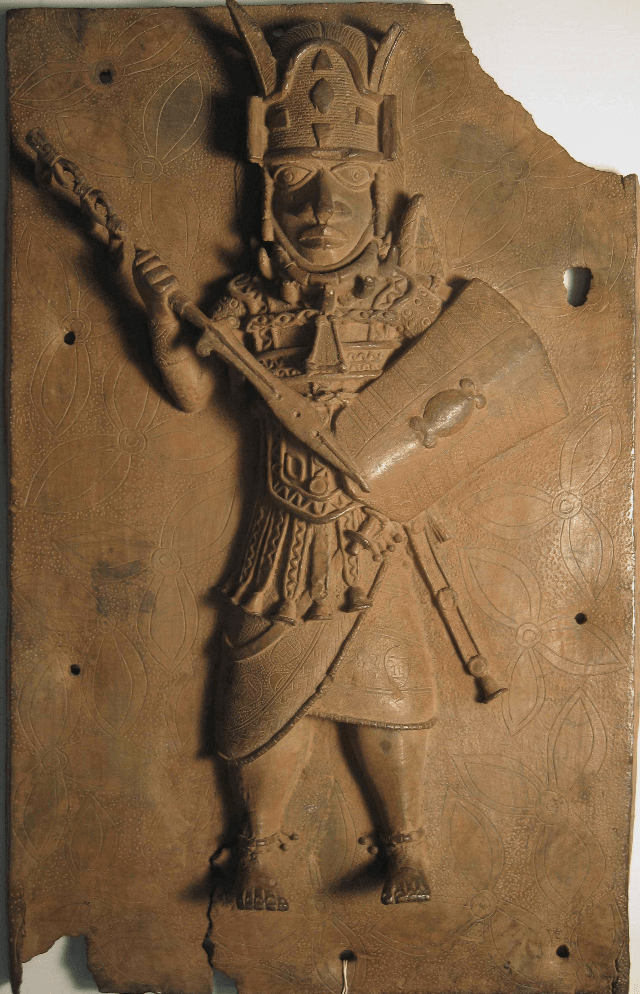Restitution discussions have long revolved around the Benin Bronzes. At least 3,000 of the items were looted from the Kingdom of Benin by the British in 1897.
On October 11, the Smithsonian legally handed over ownership of 29 artworks to the Nigerian Commission for Museums and Monuments; nine items will continue to be on long-term loan at the Smithsonian.

Image courtesy of Digital Benin
To prevent the Smithsonian Institute in Washington, D.C. from sending 29 Benin bronzes back to Nigeria, the New York-based Restitution Study Group (RSG) is leading the legal action. The group contends that keeping the bronzes would deny the descendants of slaves in America the opportunity to connect with their history.
The founder and executive director of RSG, Deadria Farmer-Paellmann, contends that returning the bronzes will prevent the descendants of Americans who were held as slaves from experiencing their culture. She herself is descended from slaves who were transported to the US from the Benin kingdom.
The RSG complaint seeks to stop the move of the 20 treasures and undo the transfer of all bronzes that have reportedly been “illegally moved,” including the nine that are still on loan at the Smithsonian, she continues.
Farmer-Paellmann shared with Art Newspaper, “We specially oppose the return of the 16th-to 19th-century metal bronzes because they were made with melted manilla currency [that] the Benin Kingdom was paid in exchange for our ancestors they sold to European slave traders [into the transatlantic slave trade],” She made reference to 2018 book, The Benin Monarchy, edited by the Nigerian lifestyle publisher Oriiz Onuwaje.

Image courtesy of Digital Benin
However, a court dismissed RSG’s plea for a restraining order on October 14 after finding that, “even if [the] plaintiffs could establish that ancestral link to the bronzes—which they have not done on this record—such an attenuated connection would not give rise to the type of ‘concrete and particularized’ injury necessary for standing”. More importantly, the court’s decision adds, “The Smithsonian does not appear to have acted beyond its statutory authority by reaching an agreement with Nigeria to transfer some of the Benin bronzes.”

Image courtesy of Digital Benin
A few of the bronzes have been returned to Nigeria, most recently those that belonged to Glasgow, Scotland, and the Horniman Museum and Gardens in London. At a ceremony on November 28, six items from the museum were given to Nigerian officials, which included a brass plaque of Oba Orhogbua and an ivory staff of office with a sculpted relief statue of an Oba (king) (about 1550-1578).
One can examine the Benin Bronzes via a recently created online database, Digital Benin.


